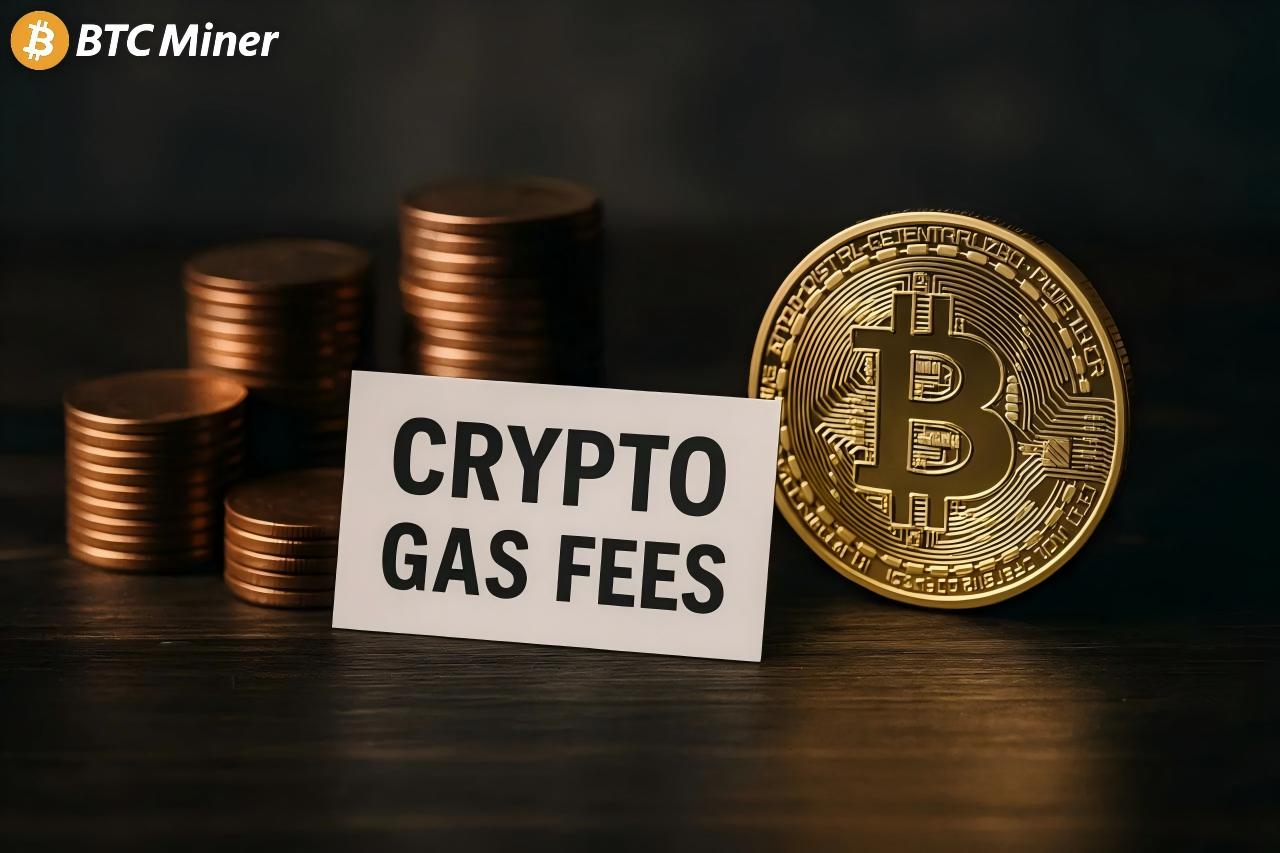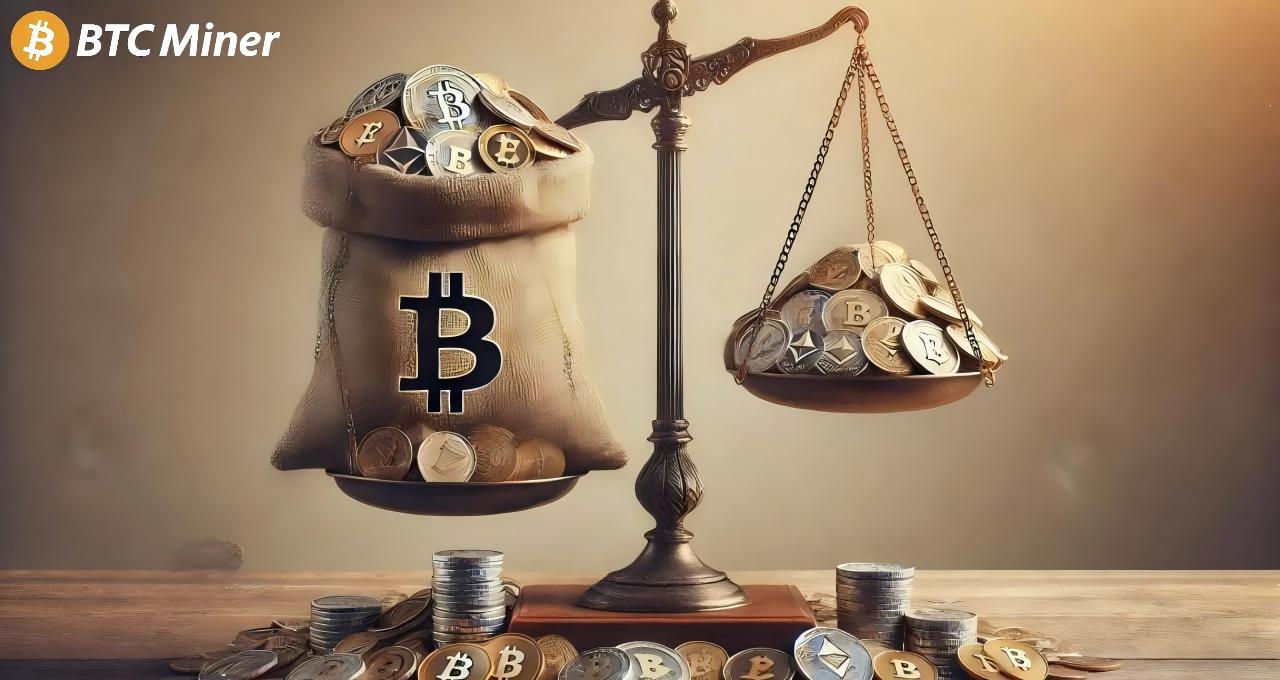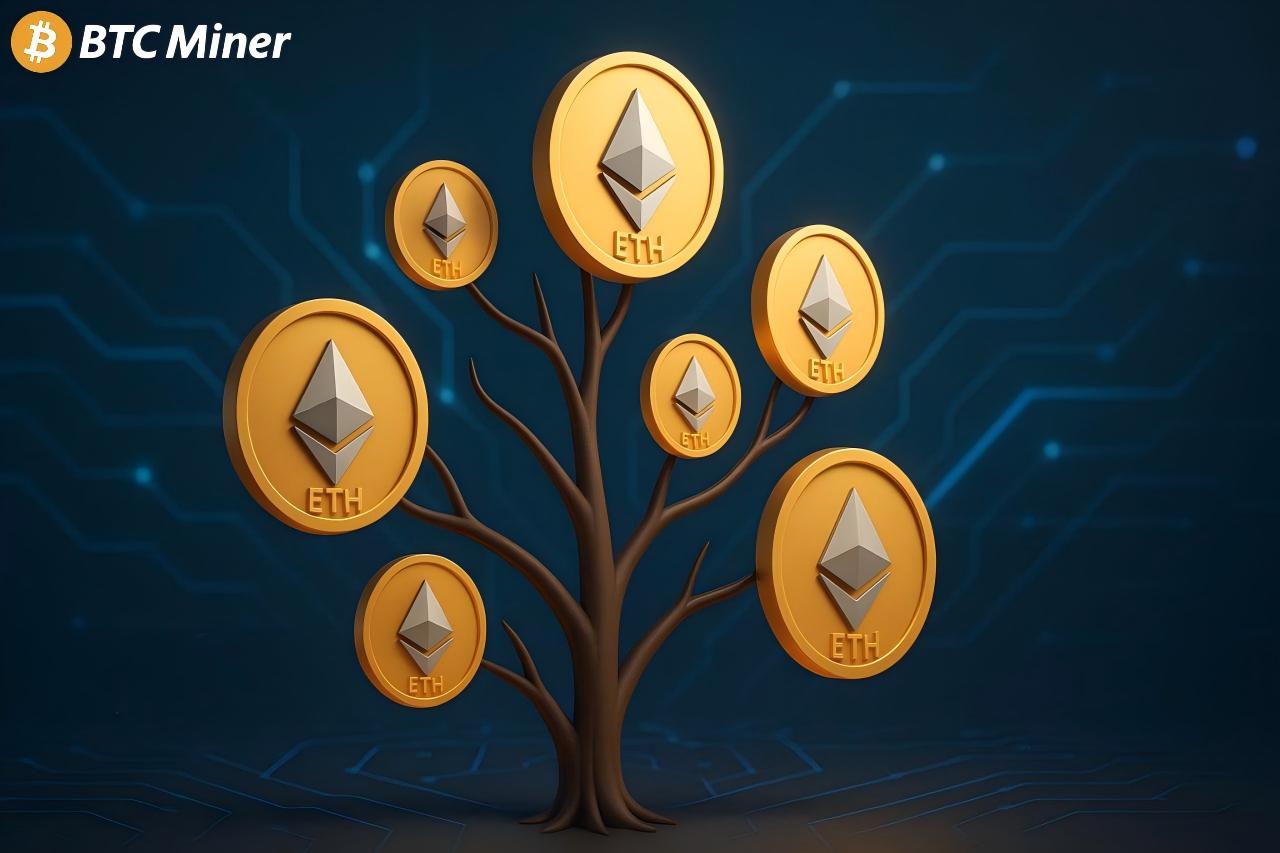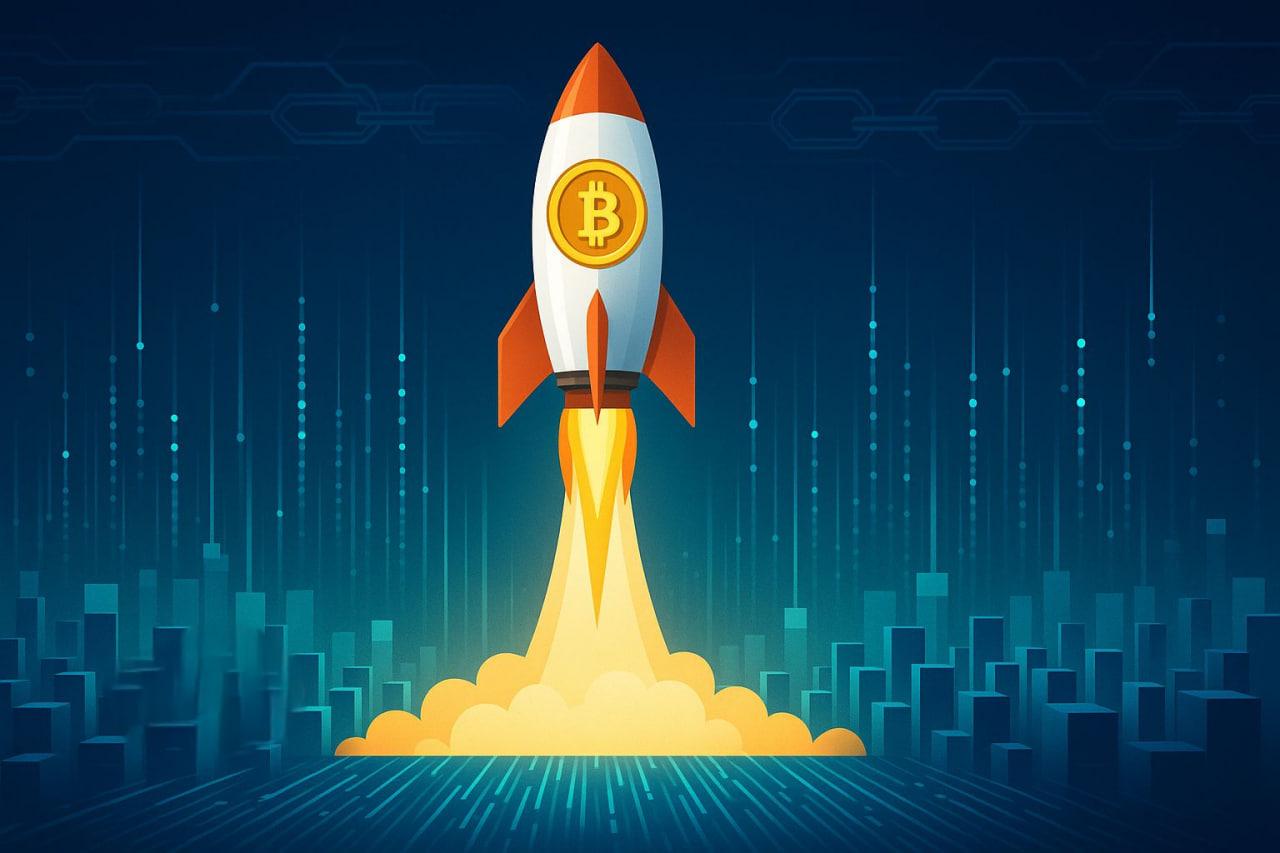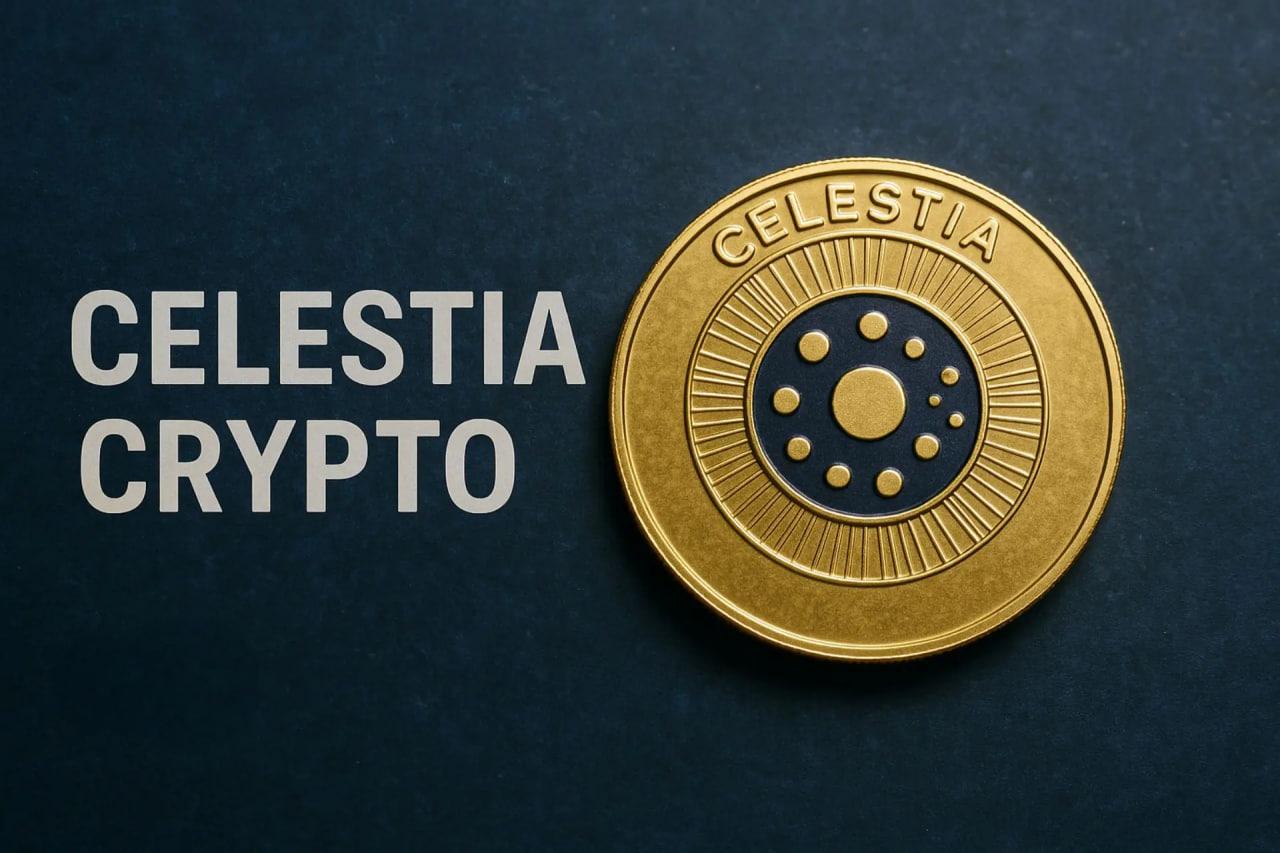Welcome to BTC Miner – your trusted blockchain mining assistant, ushering in a new era of smart mining with a 5% first deposit bonus and up to 9% referral bonuses, all of which can be withdrawn or used to purchase mining contracts.
Tokenomics—a blend of "token" and "economics"—is the financial structure that defines how digital assets behave within blockchain ecosystems. It influences supply, circulation, incentives, and governance, playing a central role in the success or failure of crypto projects.
Just as traditional economics governs the production and exchange of goods, tokenomics determines how tokens are created, distributed, and sustained in decentralized networks.
Why Tokenomics Matters
Tokenomics is not just theoretical—it’s the framework that drives participation, investor behavior, and long-term value. Whether you’re a developer, investor, or user, understanding tokenomics is critical to evaluating a project’s potential and sustainability.
Well-designed tokenomics balances supply and demand, aligns incentives, and promotes trust. Poor tokenomics, on the other hand, can lead to inflation, centralization, and short-lived hype.
What Are Crypto Tokens?
Tokens are blockchain-based digital assets issued via smart contracts. Unlike native cryptocurrencies like Bitcoin or Ethereum, tokens are typically built on platforms such as Ethereum or BNB Chain.
Tokens may serve as:
-
Utility tokens: Access to services or features.
-
Governance tokens: Voting rights on protocol decisions.
-
Asset tokens: Representation of real-world value.
Their behavior depends on the tokenomics model—whether inflationary (like Dogecoin) or deflationary (like burning tokens to reduce supply).
Core Elements of Tokenomics
1. Token Supply
-
Total Supply: Number of tokens that will ever exist.
-
Circulating Supply: Tokens currently available on the market.
-
Max Supply: Hard cap (e.g., Bitcoin’s 21 million limit).
-
Issuance Rate: Speed at which new tokens are created.
2. Token Utility
Utility drives demand. Tokens can be used for paying fees, staking, gaining access to platforms, or participating in governance.
3. Incentive Models
Projects offer rewards like staking yields, liquidity mining, or fee reductions to encourage user engagement and long-term holding.
4. Token Distribution
Refers to how tokens are allocated across teams, investors, communities, and treasuries. Transparency and fairness here build investor confidence.
5. Security and Infrastructure
A robust consensus mechanism (like PoS or PoW), smart contract audits, and secure wallets ensure reliability and protect assets.
6. Governance
Governance tokens let holders vote on upgrades, treasury use, or policy changes. Successful governance models like Ethereum and MakerDAO demonstrate adaptability and community involvement.
How Tokenomics Powers Decentralized Ecosystems
Effective tokenomics supports a self-sustaining, trust-based ecosystem where users, validators, and developers are incentivized to contribute.
It impacts:
-
Value creation through demand and limited supply.
-
Security via staking and validation mechanisms.
-
Governance through decentralized decision-making.
-
Sustainability by discouraging manipulation and rewarding commitment.
Why Investors Must Understand Tokenomics
To assess whether a token is worth investing in, ask:
-
Is the whitepaper clear about supply models and incentives?
-
What real utility does the token provide in the ecosystem?
-
Are team tokens vested over time to prevent early dumps?
-
Is governance community-led and transparent?
-
Does the project align with regulatory expectations?
Sound tokenomics often signal a serious, long-term project.
Real-World Examples
Bitcoin (BTC)
-
Fixed supply of 21 million ensures scarcity.
-
Mining-based issuance mimics digital gold.
-
Store of value and medium of exchange.
Ethereum (ETH)
-
No supply cap, but ETH is now burned with each transaction (EIP-1559).
-
PoS-based staking replaces mining.
-
Primary utility: fuel for smart contracts and DeFi platforms.
Binance Coin (BNB)
-
Used to pay fees, stake assets, and join token sales.
-
Deflationary through scheduled token burns.
-
Powers the BNB Smart Chain and decentralized apps.
Final Thoughts
Tokenomics is the blueprint for how cryptocurrencies are built, governed, and valued. From supply caps and reward systems to community incentives and security models, every element shapes the token’s trajectory and the health of its ecosystem.
In a rapidly evolving crypto market, understanding tokenomics is not optional—it’s essential. For investors, it offers insight into sustainability and long-term potential. For developers, it provides the mechanics to build a resilient, inclusive platform.
As blockchain adoption grows, expect tokenomics to remain a core factor in project evaluation and success.
Recent Blog Posts
Useful Links
17 Whitworth Drive, Randlay, Telford, Shropshire, TF3 2NN

Start your mining journey with BTC Miner—no technical background required, no expensive equipment required. Just register an account and start mining within a few seconds to enjoy a safe, efficient and stable intelligent experience, helping you easily earn passive income.
 © 2025 BTC Miner All rights reserved
© 2025 BTC Miner All rights reserved

Start your mining journey with BTC Miner—no technical background required, no expensive equipment required. Just register an account and start mining within a few seconds to enjoy a safe, efficient and stable intelligent experience, helping you easily earn passive income.
17 Whitworth Drive, Randlay, Telford, Shropshire, TF3 2NN
 © 2025 BTC Miner All rights reserved
© 2025 BTC Miner All rights reserved
